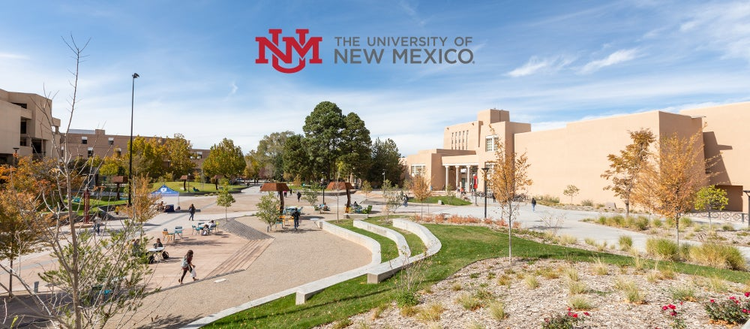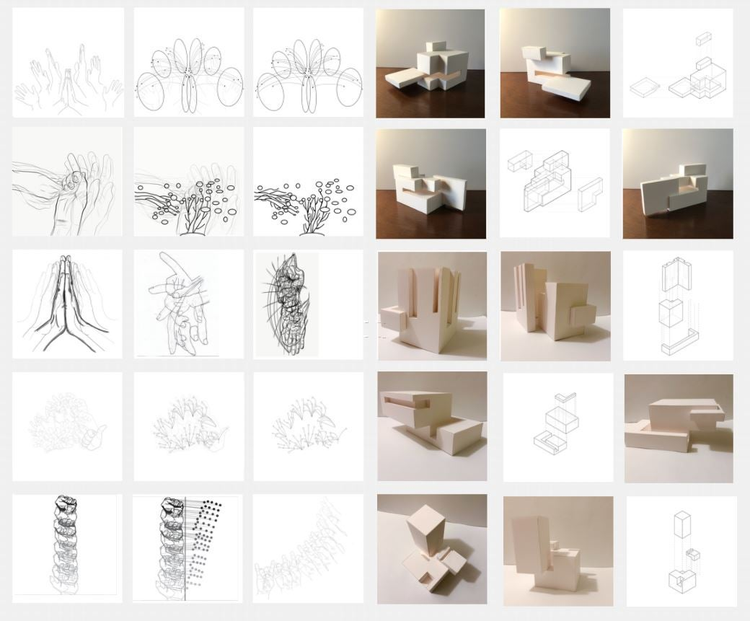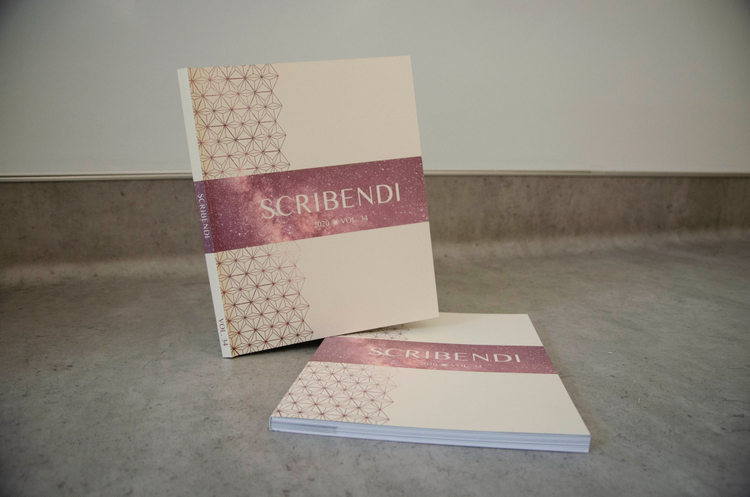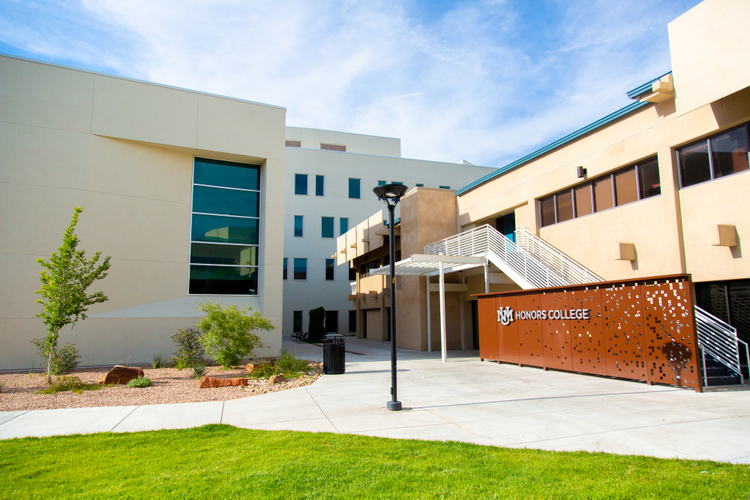The University of New Mexico (UNM) is no ordinary university. Based in Albuquerque, the campus is filled with Pueblo Revival-style buildings and surrounded by unique natural beauty — from the Sandia mountains to the expansive blue skies and spectacular sunsets. As a top-tier research institute, UNM is one of the few doctoral universities in the United States that serves predominantly Hispanic populations.
Among faculty and staff at UNM, there is a strong sense of responsibility for the students and communities they serve. With a largely rural population and 40 percent of the student body the first in their families to attend college, the university plays an important role in developing the state’s economy and future leaders. Part of that mission is giving students and faculty the tools they need to succeed in today’s digital world — where creative expression, critical thinking, and the power of storytelling are paramount. That commitment to student success led UNM to become an Adobe Creative Campus.
Adobe & Digital Literacy
Build digital literacy at your school.
Learn more
“Becoming an Adobe Creative Campus means we can deliver the tools, training, and modalities to help students tell stories, clearly convey ideas, and explore their creativity — skills that are critical in the world today,” says Duane Arruti, CIO at the University of New Mexico. “We’re combining those new digital technologies with an already excellent program, wonderful faculty, and very engaged students — taking our curriculum to new levels in ways that differentiate teaching and learning experiences at UNM.”
Adobe Creative Cloud applications are a natural complement to the thriving arts communities that surround and permeate the campus. Indeed, as Arruti explored the idea with faculty, student groups, branch campuses, the health sciences center, and other groups, he found that many departments were already using Adobe tools. They were eager to adopt them on a larger scale and expand the university’s digital literacy programs.
“Digital technologies present an enormous opportunity, giving students and faculty new ways to present ideas, scholarship, and research,” says James Holloway, provost and executive vice president for academic affairs, UNM. “At the same time, it’s critically important for students to understand the technologies, so they can be thoughtful consumers of the enormous amount of content being produced.”
Being an Adobe Creative Campus means more to UNM than just providing digital tools. The university knows how important it is to help students and faculty learn new technologies, which is why it offers extensive training and support for Adobe applications. Much of this work happens in the Center for Teaching and Learning, led by executive director and associate professor of English, Dr. Aeron Haynie.
“The mission at the Center for Teaching and Learning is to support students from both sides of the classroom, which includes everything from undergraduate tutoring and graduate resources to faculty and instructor development,” says Dr. Haynie. “As an Adobe Creative Campus, we have an exciting opportunity to help students build skills that are invaluable as they apply to graduate school, medical school, and law school — or enter the job market.”
The center ran several Adobe Creative Cloud workshops to train student tutors, enabling them to help other undergraduate students. The tutoring service reaches up to a third of the entire student body, so it’s a great way to get them started creating digital content. And when it comes to graduate students, the center has encouraged them to think in new ways about online learning — asking them to create online course modules and present their work using Adobe Spark.
Adobe Spark
Transform your ideas into visual stories.
Learn more
That support is crucial for faculty as well, and the center works with them on designing courses and evidence-based teaching strategies. “Every year, through our course design institutes, instructors are learning to produce more professional multimedia content and explore new avenues to engage students,” says Dr. Kimberly Fournier, associate director of the Center for Teaching and Learning. “We’re helping them develop new pedagogical strategies — taking their expertise and adapting it to what’s possible in Adobe Creative Cloud.”
Today, most of these resources have moved online as the pandemic keeps students and faculty learning remotely, and demand is higher than ever. As an important source of tools, training, and support, the Academic Technologies department has been busy.
“All of our work setting up enterprise licenses and making Adobe Creative Cloud available to all faculty, staff, and students, put us in a good position when the pandemic hit,” says Elisha Allen, director, core IT services, UNM.
For Kristina Yu, associate professor in the School of Architecture and Planning and Associate Dean University College, Adobe Creative Cloud has made a big difference in her coursework. The full range of Adobe applications are available to everyone, and students can access the apps from anywhere — on campus and off, on desktops, laptops, tablets, and phones.
“The fluidity of Adobe Creative Cloud apps has made the online classroom much more versatile,” says Yu. “For both me and my students, mobile tools such as Adobe Lightroom make it easy to capture and collect all the different elements needed for an assignment — and then pull it all together later with Adobe Photoshop or Adobe InDesign on a laptop.”
Adobe Photoshop
Make. Believe. Photoshop.
Learn more
For students just starting out in architecture and still learning the complex drafting programs and building management systems, Adobe Illustrator is an easy entry point into architectural drawings.
“Adobe Illustrator is the tool of choice for beginning architecture students. It allows designers to create a sophisticated vector drawing very quickly,” says Yu. She also has students put their work online using Adobe Portfolio, which makes it easy to share high-resolution materials with other course instructors or future employers.
Widespread access to Adobe Creative Cloud has opened the door to new certification programs in design, which Yu is currently in the process of developing. The certification programs allow students across disciplines to bring design thinking, innovative practices, and creative ideas into a four-year degree.
“Without Adobe Creative Cloud, this kind of certification program wouldn’t be possible — because students outside art and design programs simply wouldn’t have access to the necessary tools,” Yu says. “This is an opportunity to make ‘design for all’ a reality.”
Experiential, interdisciplinary honors program has real-world impact
Adobe Creative Cloud also plays an important role in the Honors College at UNM — an interdisciplinary liberal arts program that incorporates art, literature, philosophy, and more. The program can be a powerful experience for many students.
“Having to choose an academic major can make students feel confined and restricted, when they really want to explore different fields and create things,” says Prof. Amaris Ketcham, associate professor of the Honors College. “One of my first students is now a marine biologist. She wrote me a letter saying she still uses Adobe InDesign on a regular basis — designing posters and communicating her research on turtles.”
One of Prof. Ketcham’s classes is a two-semester literary magazine publishing class, in which students learn to manage a small press through active, experiential activities — everything from graphic design and copy editing to art and literature assessment and business management. Her students use InDesign, Photoshop, and Illustrator to design the interior layouts of the magazine, called Scribendi, and they’ve started using Adobe Spark and Adobe Rush to put together quick materials for the business management side. It’s good exposure for the diverse set of students, many of whom are pursuing engineering and pre-med degrees. In fact, only a third of the students come from English and art programs.
Megan Jacobs is also an associate professor of the Honors College. One of her classes requires students to examine material culture and define the good life for themselves. This year, she’ll have students get acquainted with Aristotle and other scholars who grappled with this topic — and then use Adobe tools to articulate their own theories through memes and videos. It’s a recipe for interesting conversations and cross-pollination.
“It’s very rewarding to bring students from different backgrounds together when they’re excited about the topic,” says Jacobs. “Their viewpoints overlap and diverge — and that makes for rich discussions and interpretations of the topic at hand.”
Jacobs also teaches a class on social transformation through art, studying how different artistic movements have influenced public perception and policies — and how art can be a tool for change. Her students use Adobe Illustrator to create infographics and, more recently, Adobe Rush to create and edit videos.
“The digital literacy skills students learn in Honors College map onto to other parts of their lives,” Jacobs says. “Even if they pursue psychology or medicine, the ability to communicate ideas effectively has real-world importance.”
Adobe Document Cloud streamlines administration across UNM
Adobe Creative Cloud isn’t the only set of tools with the power to transform the educational experience at UNM. The university adopted Adobe Acrobat and Adobe Acrobat Sign, both part of Adobe Document Cloud, to streamline processes for staff, students, and beyond.
Adobe Document Cloud
Welcome to a whole new document experience.
Learn more
“Adobe Acrobat Sign has been a game changer at UNM, especially now that we rely so heavily on remote work,” says Alesia Torres, director, enterprise applications at UNM. “The initiative started as a cost-savings measure for purchasing contract signatures and now has expanded to a wide variety of administrative processes.”
Beyond purchasing contracts, Acrobat Sign now supports streamlined processes for undergraduate admissions applications, employment applications for the Children’s Campus for Early Care and Education, administrative processes at the UNM Health Sciences Center, HR hiring processes, and tuition remission forms.
Forrester Study: The Total Economic Impact of Adobe Sign.
Adobe Sign delivers 28X faster time-to-business.
Get the study
Along with the beauty of the New Mexico landscape, Adobe Creative Cloud tools give UNM students and faculty plenty of inspiration to create and grow. By providing access to a uniform set of tools, the university gives every student the digital skills they need to thrive in the world — creating opportunities for them to become healthcare workers, scientists, storytellers, and leaders who can make a difference. For students who come from rural areas and may be the first in their families to attend college, this bridge to the future is powerful and transformative, both in their own lives and for the state of New Mexico.
Adobe & Digital Literacy
Build digital literacy at your school.
Learn more











